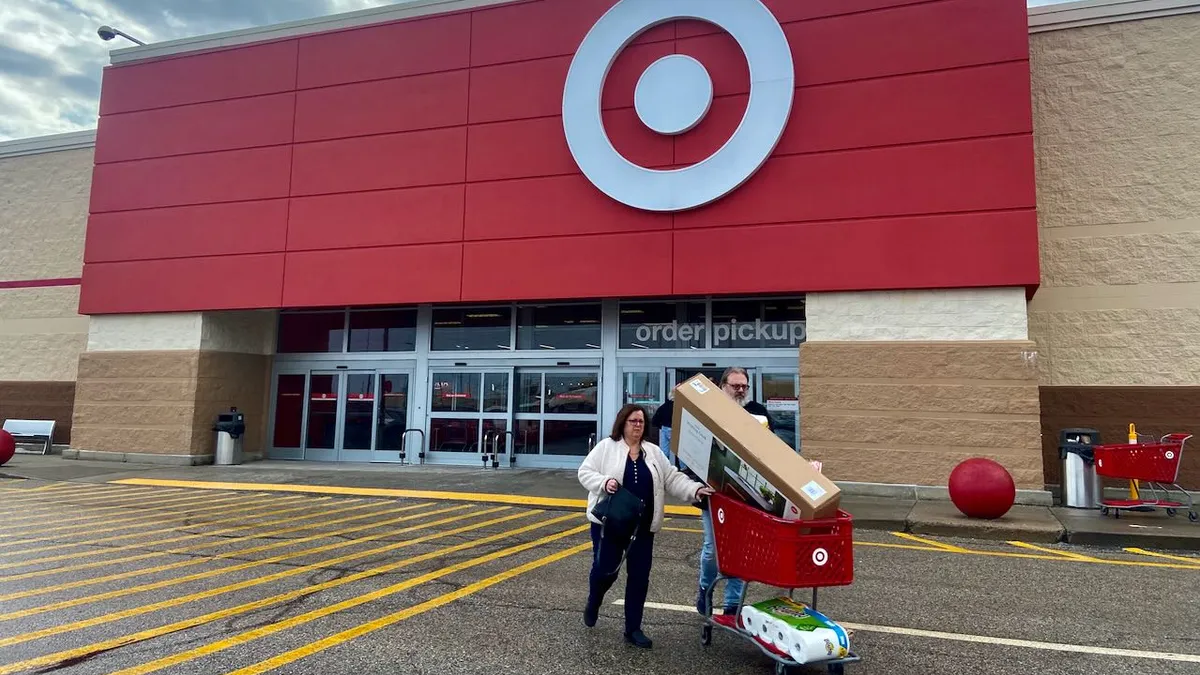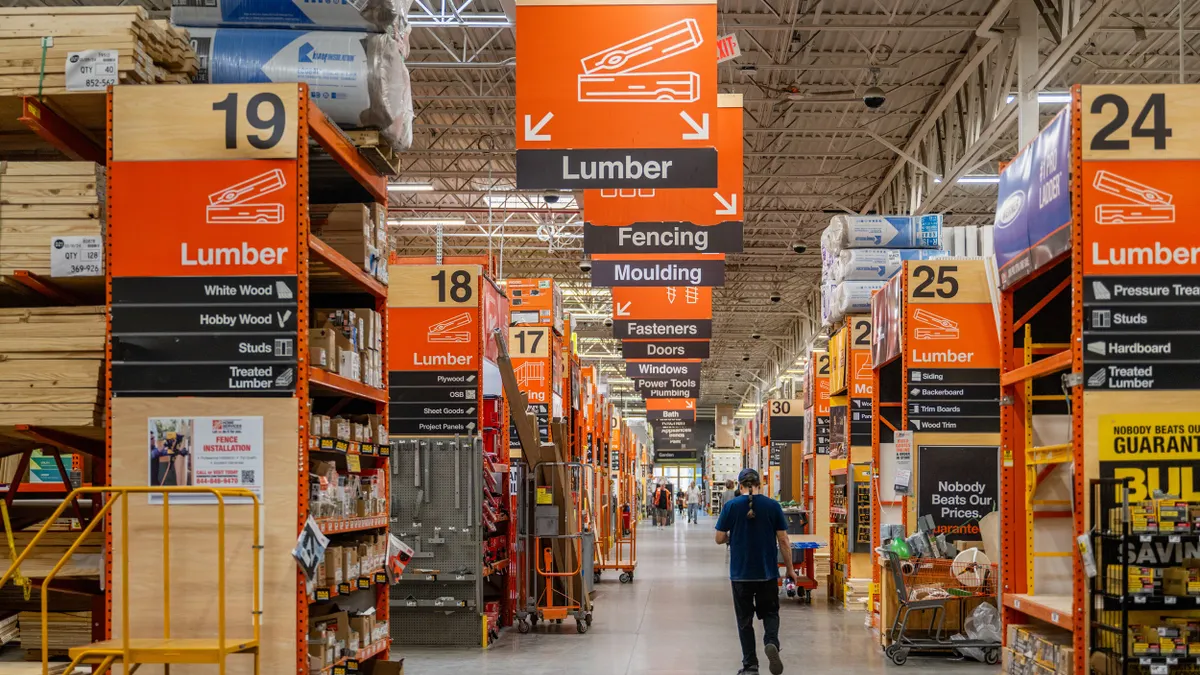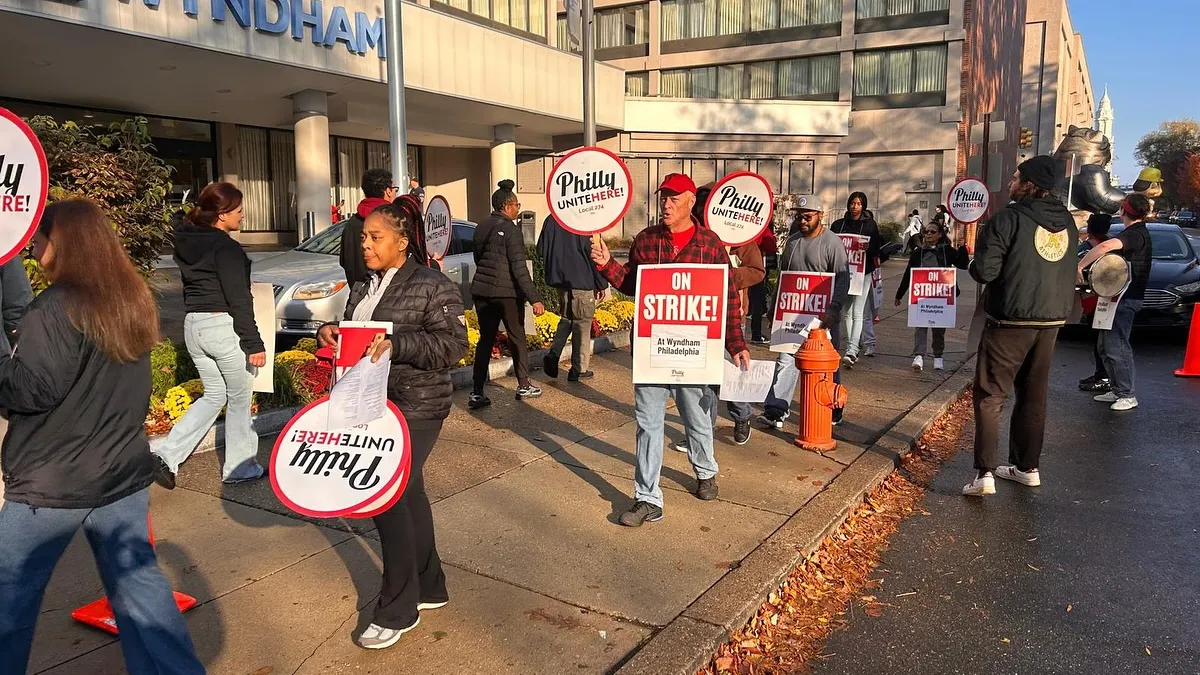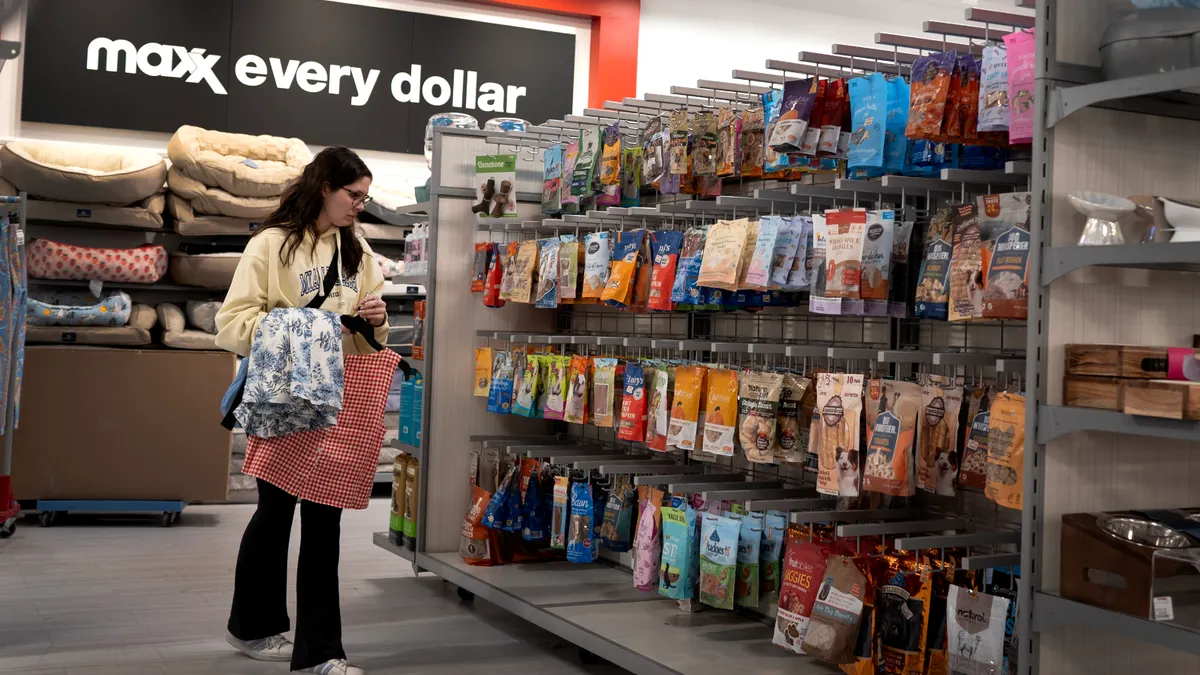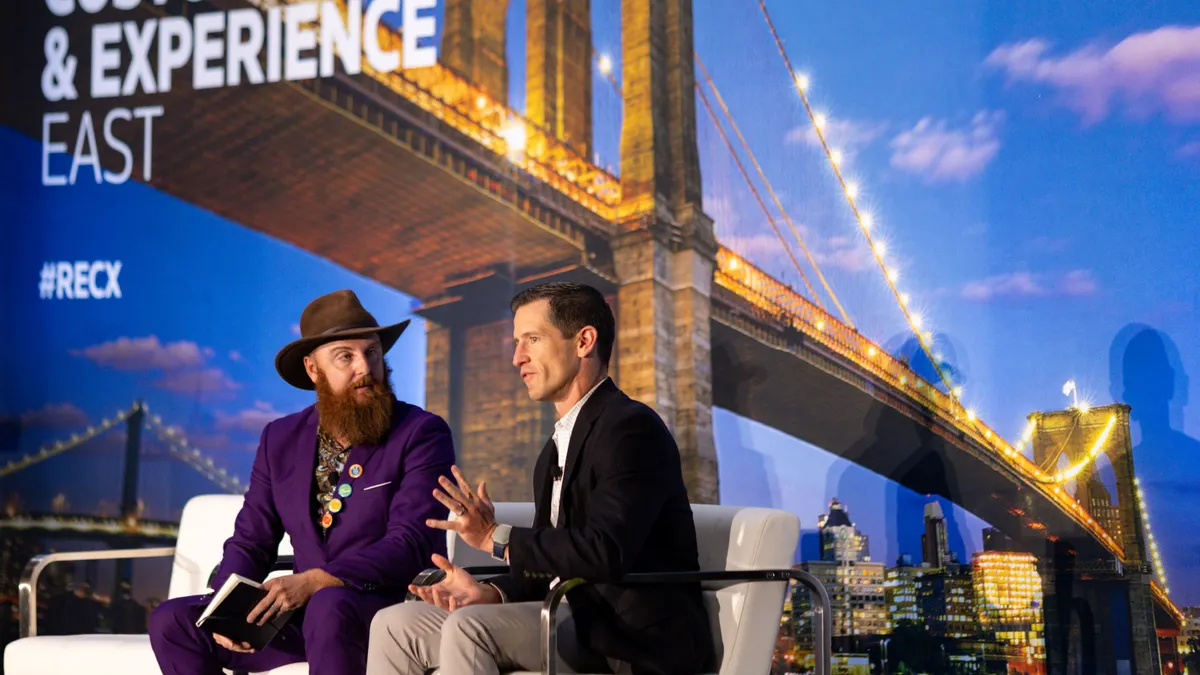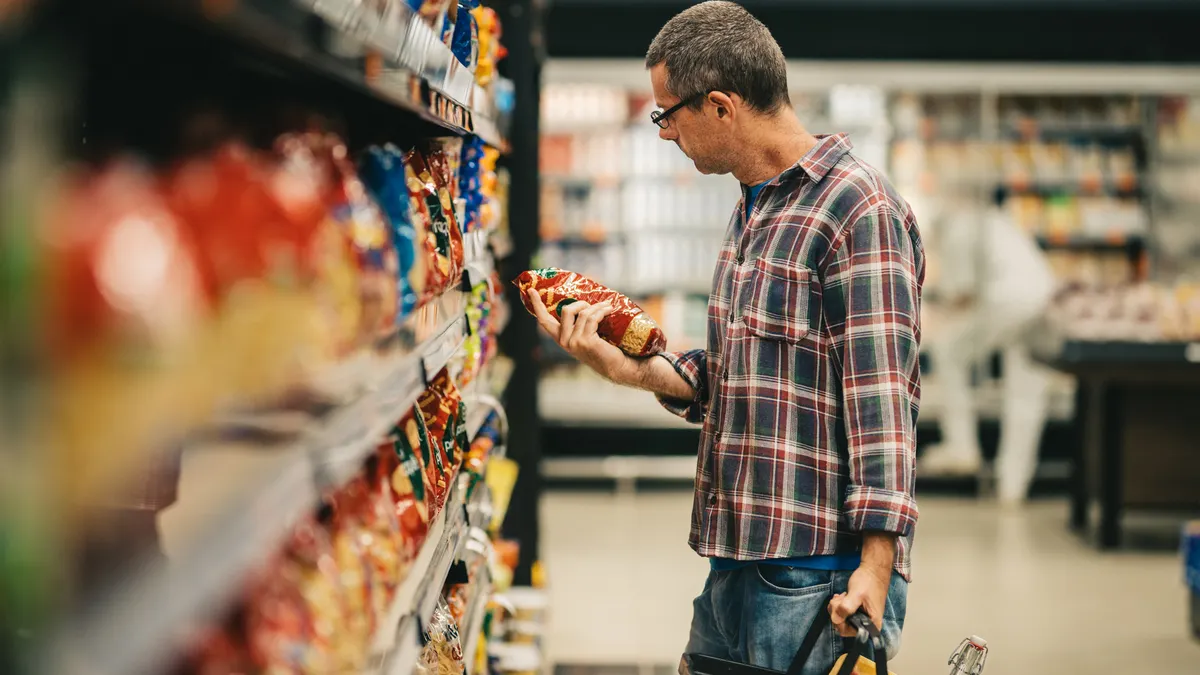Southwest Airlines is trying to move forward from its missteps last holiday season by winning back customers’ trust and earning their loyalty.
Regaining customer trust “was our No. 1 concern after December,” Tony Roach, the airline’s first-ever chief customer officer and SVP, told CX Dive.
Through transparency, demonstrated service and heavy investments in end-to-end customer experiences, the airline has made a promise to customers that such failures will never happen again — and its trust scores have rebounded along the way.
Roach’s appointment this November, along with a restructured CX division, is one of those investments. He brings over two decades of experience at Southwest to his role managing a new CX division of around 4,500 staff. CX Dive spoke to Roach last Friday, two weeks into his new job.
“I can tell you from the moment that the events last year happened, we began doing a thorough investigation to really identify: What can we do to put things in place so that it doesn't happen again?” Roach said. “We've been working on that all year long.”
That commitment has paid off, he said. “We've seen our trust scores — we measured them even before the event — they have restored back to what they were prior to the event, which is a positive sign for us,” Roach said.
Southwest chalks up some of that success to transparency: the airline was quick to apologize and acknowledge missteps. It then went to work on a plan to rectify them.
“There's nothing we could do more than to work on ensuring that never happens again,” Roach said.
When severe weather swept across the U.S. last year, beginning just days before Christmas, Southwest grounded 16,900 flights, leaving more than 2 million customers stranded.
While other airlines were able to rebound, Southwest was not.
By Jan. 3 last year, the airline had provided customers disrupted by the cancellations and delays 25,000 frequent-flyer points — a roughly $300 value — as a gesture of good will. After identifying outdated technology as a culprit of its woes in January, the airline committed more than $1 billion in IT upgrades. And in total, the company spent $600 million refunding and reimbursing customers.
The airline identified three issues: it was underprepared for severe weather, it lacked the ability to get planes and crews in place, and communication gaps stalled solutions.
On the customer side, the Department of Transportation found that Southwest failed to provide prompt customer service assistance via its call center, flight status notifications and refunds.
Southwest is still dealing with the fallout of the flight failures. On Monday, the DOT fined Southwest Airlines $140 million for violating consumer consumer protection laws. It also requires Southwest to establish a $90 million compensation system so it can hand out vouchers to passengers affected by significant delays or cancellations.
Loyalty gets a revamp
Southwest, with customer relationship repairs to do, revamped its Rapid Rewards loyalty program in October, making it easier to rack up points, reach tiered status and access benefits.
It bucked a trend among airlines to make it harder to reach tiered status amid complaints that too many tiered customers dilute benefits.
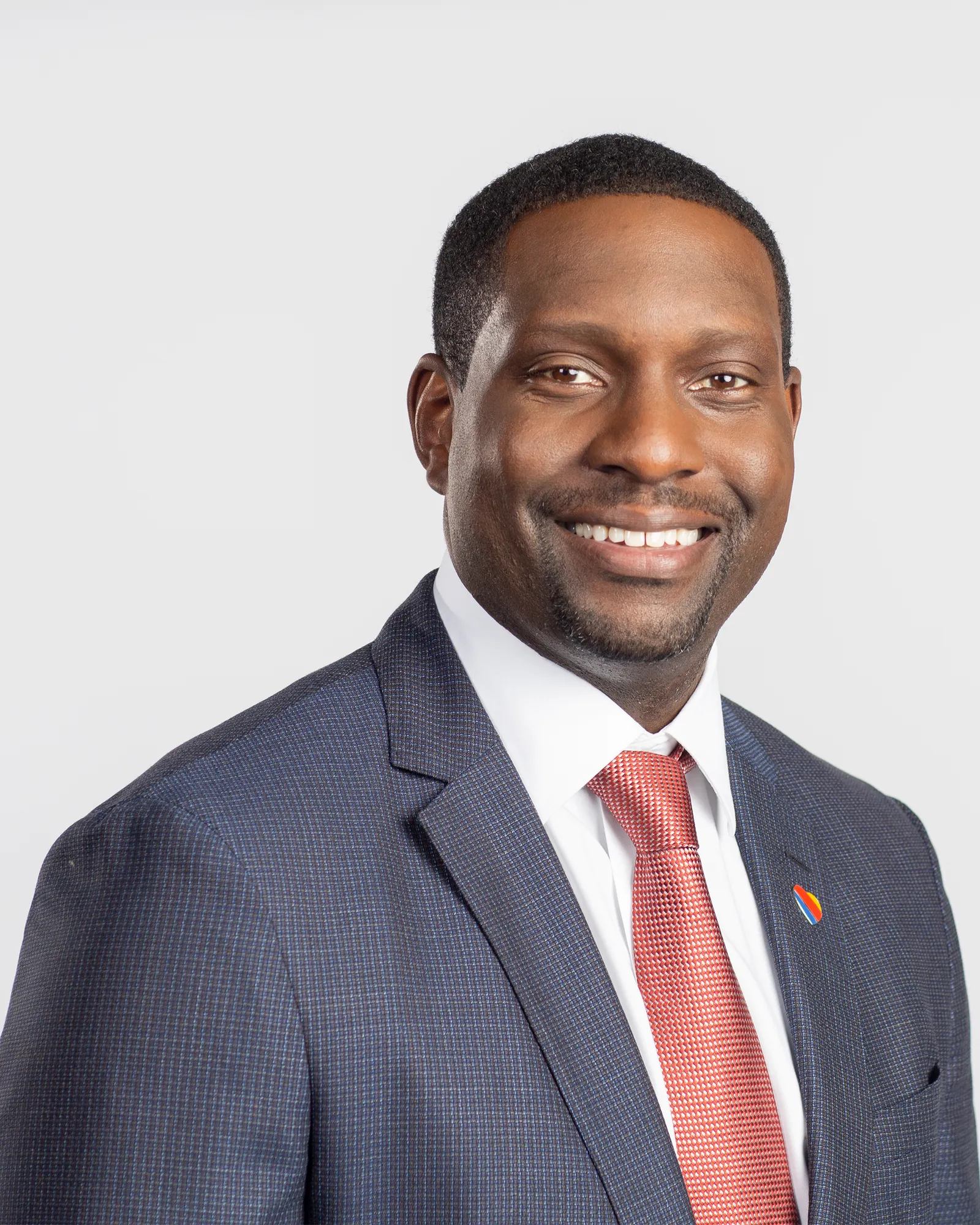
“We kind of have always done things a little bit different than the industry,” Roach said. “Part of our business model is we believe we are easy to do business with. When you do that, you just get a deeper loyalty than you would when you add more friction.”
While other carriers’ tiered statuses offer access to lounges, first class seating or other limited amenities, Southwest focused on points for flights.
“A lot of our benefits don't necessarily have the same constraints that some of those programs do, which allows us to add more people into our tier structure and then not have to worry about the quality aspect that some of the other carriers were having to,” Roach said.
Deep loyalty has to be earned, he said. “We firmly believe that we earn it and we have to maintain it, because our business model is built on repeat purchase behavior. Trust and loyalty is where that's at.”
Service: ‘Proof is in the pudding’
Southwest’s transparency and loyalty program improvements would be nothing without proven service — that is, getting passengers to their destination on time.
“I think we've operated very well this year, when you look at how the operation has actually been managed — proof is in the pudding,” Roach said. “If you can show that, that is what customers want to see from us.”
The week of Thanksgiving was the airline’s biggest operational test yet. It passed smoothly, achieving an on-time performance of 97.3%, with no cancellations or diversions, according to the airline.
The airline has also established a new winter preparedness plan ahead of the winter holidays, investing in de-icing machinery and staff.
Southwest also upgraded its digital experience so it would be as easy to get service digitally as through its call center. “A lot of the features that we've launched in our digital channels are in our servicing. It is really designed to help people when they're disrupted, to give people more information,” he said.
Since last December, Southwest introduced new self-service options, offered digital bag tracking, and improved visibility to flight status.
“All those things combined put us in a position to where we're in a good spot to say, ‘Alright, let's operate, we're gonna operate well this winter,’ and that's really how we feel that we can fully restore trust on that.”
Restructuring CX
Roach’s role coincides with a broad restructuring at Southwest.
Marketing, CX, digital experience, travel products, innovation, customer engagement, and customer support and services departments — “groups that haven't historically operated into the same organization” — will all fall under Roach’s purview.
His first priority in his role is to bring together these different departments “to focus on these experiences that really cut across all of these areas that touch the customer,” Roach said. From there, it’s about providing “better digital experience, better cabin experiences, best-in class policies.”
Roach says the new structure puts Southwest in a better position to listen to customer feedback and execute CX initiatives.
“Oftentimes where you see enhancements start to get difficult is when they cut across groups,” Roach said. “The more that we integrate together in our customer organization, it allows us to say, 'Hey, we heard this, can we go fix this?' I think that's just a straighter path now and allows us to do so in a more focused way.”








